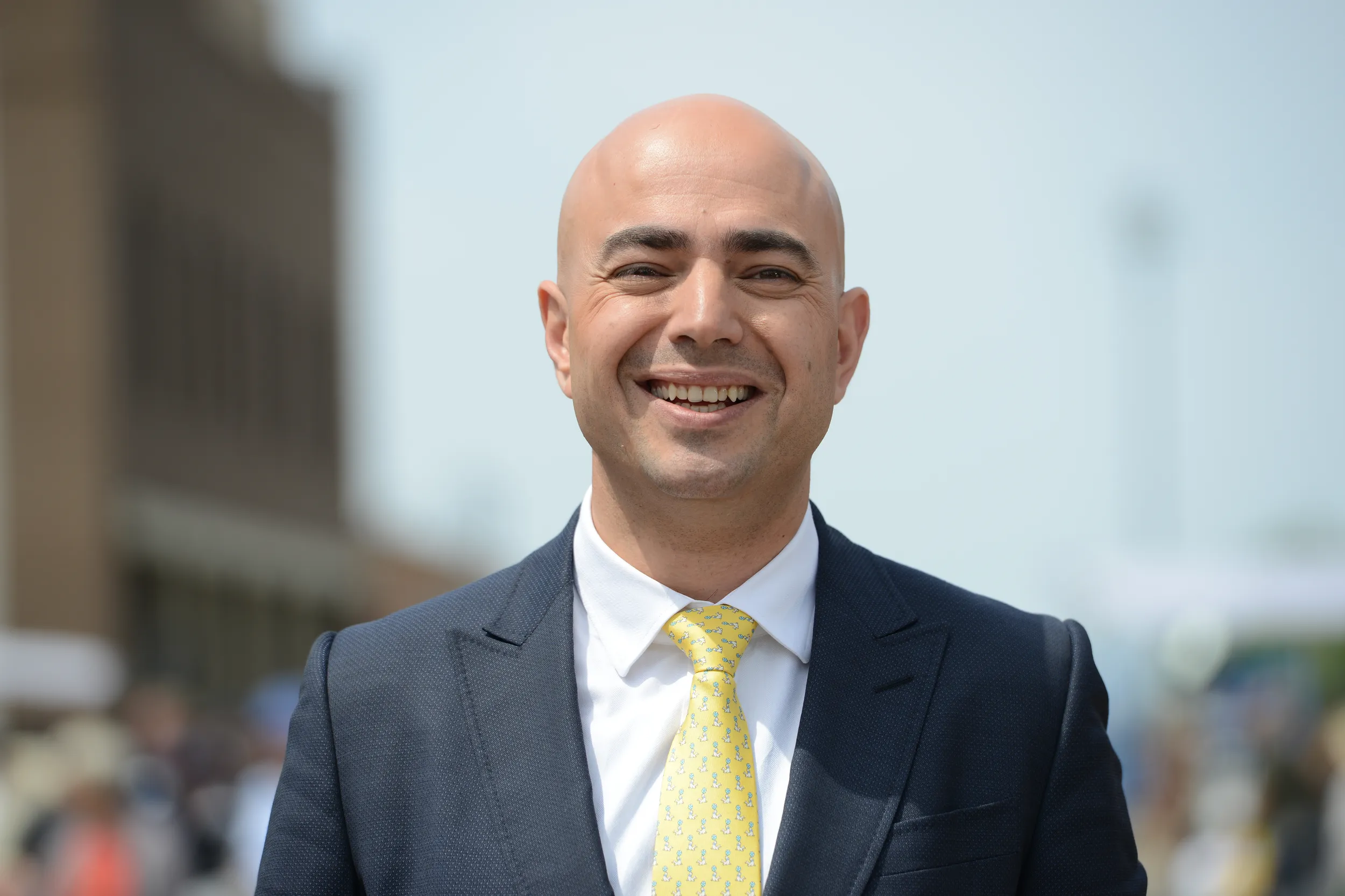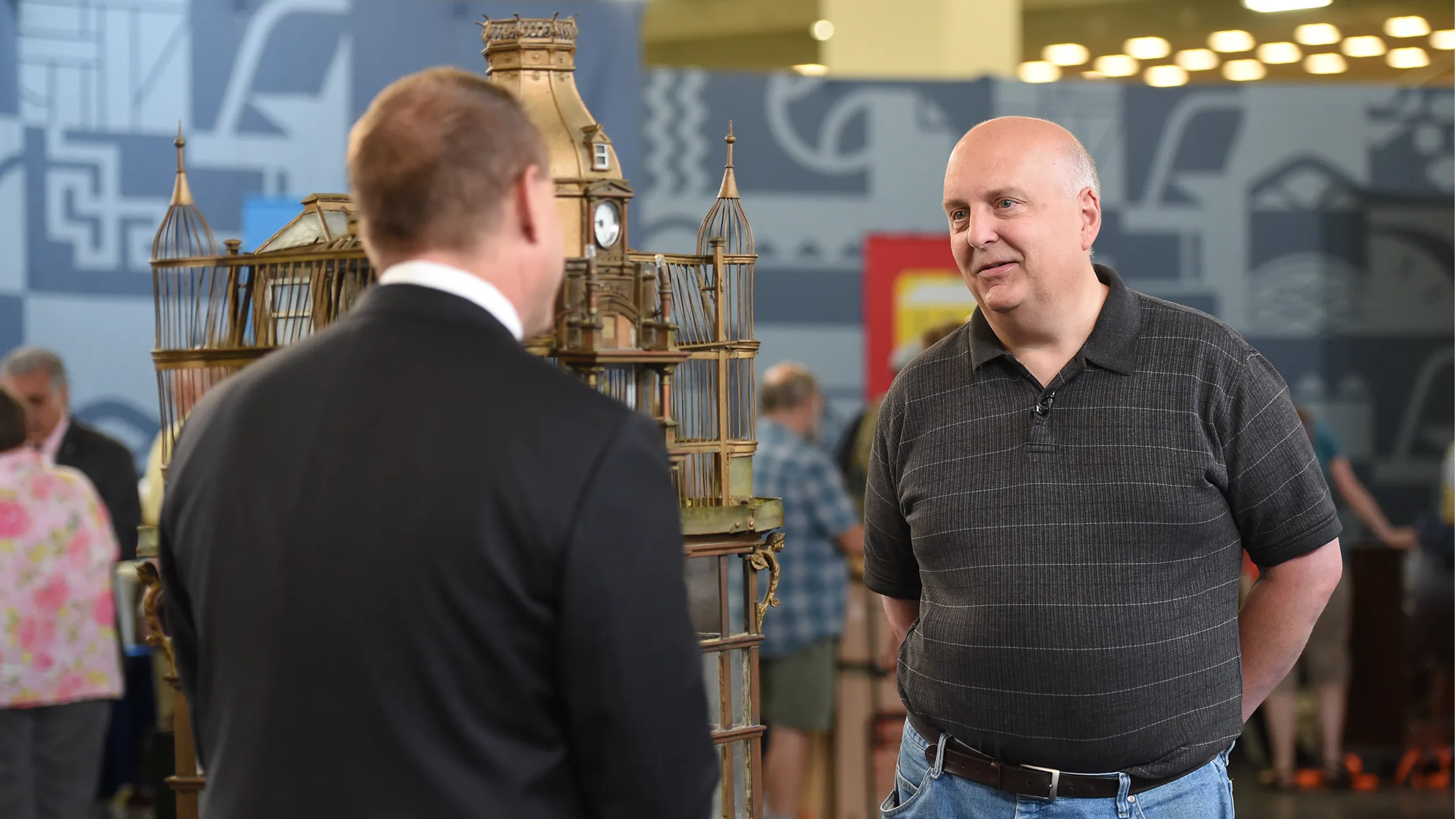GUEST: My grandma had given me this. She got it from her mother-in-law, who owned a restaurant in Bremen, Germany. And after the war, she would have people come in and just want to trade things for food. They just needed food more than they needed their things. She had acquired a lot of things over the years at that restaurant, and this was one of them. I know it's Russian. My grandmother had once translated it for me, and I know it says something about Christ being resurrected.
APPRAISER: On the front it says, "Khristos Voskrese," which means "Christ has risen." Generally they would be given as Easter presents for Russian Orthodox Easter. It's silver and champlevé enamel. What you have here is a work by the firm of Khlebnikov.
GUEST: Okay.
APPRAISER: Which is one of the real important names in Russian jewelry. Khlebnikov was an imperial court jeweler. They were very famous for being silversmiths, as well as working with enamel. And if we open it up, you'll see the gilt silver wash, and there's Russian silver hallmarks, which say "88." 88 is the silver purity.
GUEST: Oh, okay.
APPRAISER: And then it has a town mark, which is the town mark of Moscow. And it also has a maker's mark of Ivan Khlebnikov, "I. Kh." in the Russian initials. Now even though Ivan Khlebnikov was originally from Saint Petersburg, he moved and set up shop in Moscow in the 1870s. And he died around 1881. That is the time period. I would put an auction estimate of about $2,000 to $3,000 on it.
GUEST: Wow.
APPRAISER: And I think that's conservative.
GUEST: Wow.












